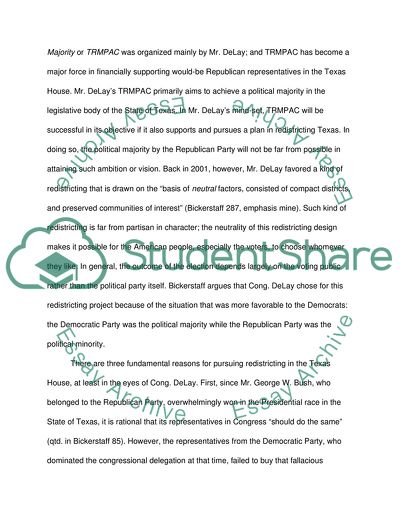Cite this document
(Steve Bickerstaff's Lines in the Sand Book Report/Review - 2, n.d.)
Steve Bickerstaff's Lines in the Sand Book Report/Review - 2. https://studentshare.org/politics/1748532-book-report
Steve Bickerstaff's Lines in the Sand Book Report/Review - 2. https://studentshare.org/politics/1748532-book-report
(Steve Bickerstaff'S Lines in the Sand Book Report/Review - 2)
Steve Bickerstaff'S Lines in the Sand Book Report/Review - 2. https://studentshare.org/politics/1748532-book-report.
Steve Bickerstaff'S Lines in the Sand Book Report/Review - 2. https://studentshare.org/politics/1748532-book-report.
“Steve Bickerstaff'S Lines in the Sand Book Report/Review - 2”. https://studentshare.org/politics/1748532-book-report.


